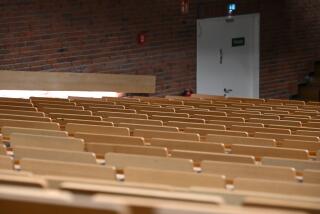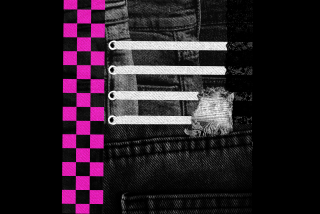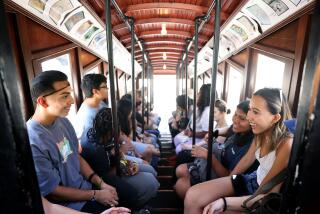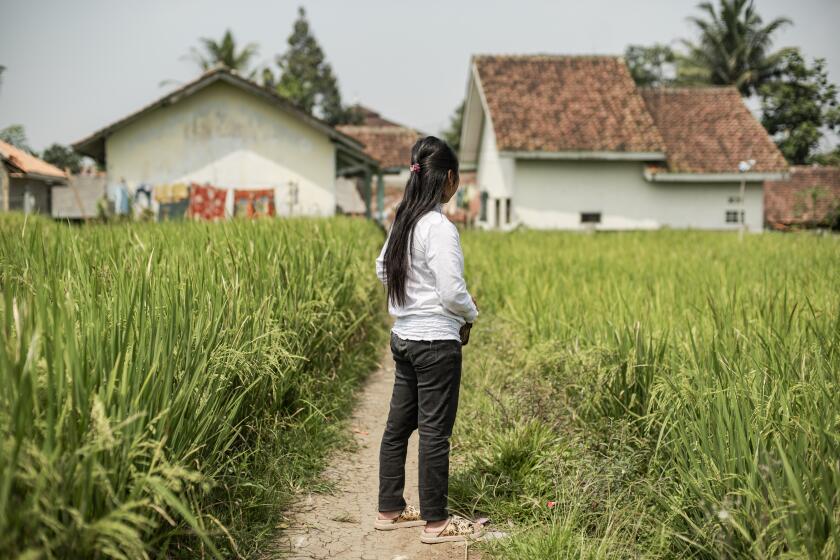Todayâs Agenda
A special, full-page Youth opinion column today explores stereotyping: doing it, being its victim, its persistence.
Stereotyping is hard to get rid of because itâs natural, even inevitable. âWomen walking on the street late at night are going to stereotype men,â says social psychologist Carol Tavris. âItâs an efficient method the mind uses to summarize information and come up with quick judgments.â In the same way, people may have a stereotype in mind for sorority members, BMW owners or plumbers. When we get into trouble is when we confuse categorizing people with knowing them. âWe donât want to look deeply at others because we fear breaking our stereotypes, which requires a lot more energy than most people have,â says UCLA clinical psychiatry professor Mark Goulston. âStereotyping defines âweâ by defining âthem.â â
Thatâs where Southern Californiaâs junior-high and high-school students come in. They speak more than 80 languages and come from dozens of cultural, ethnic and racial backgrounds. Theyâre thrown together in ways that they never were before and probably wonât be again. In many ways, high school may be our changing societyâs best chance to wrest harmony from diversity.
Students told us of being pegged as dunces, as nerds, as crooks or as rich guys just because of their ethnicity or race. They talked about what can be done to promote understanding. Their solutions are remarkably close to the best professional opinions. You canât just throw us together, the students said. Schools and individuals have to work at it.
Hereâs how Tavris described the conditions for success in recognizing differences without generating hostility. They occur when diverse groups are:
- Working for a common goal;
- Of equal status (One cannot dominate the other);
- Given support by authority figures;
- Have opportunities to socialize informally.
How many of these conditions apply to supervised after-school activities--one of the first things to go in hard times? A disturbing thought.
Fear of âothernessâ is also recognizable in friction between immigrant workers and Anglos. In Alpine, near San Diego, the friction erupted into violence in September as several migrants were beaten, allegedly by a group of Anglo men.
The nearby town of Jamul felt the same frictions, but began a dialogue that has produced some compromises and a fragile sense of understanding. In the Neighborhood explores Jamulâs hopeful new direction.
Sometimes, when two cultures meet, itâs hard to understand whatâs being said. In Community Essay, A Filipina wonders whether things that she perceives as slights stem from racism. Then Prosy Abarquez finds the tables turned. A disheveled man--a black man--smelling of alcohol, comes to her door and she regretfully sends him away.
And in Second Opinion, more about the caution with which Bill Clinton is being greeted by immigrant communities.
More to Read
Sign up for Essential California
The most important California stories and recommendations in your inbox every morning.
You may occasionally receive promotional content from the Los Angeles Times.









